Winter Basil/Heat Cables?
rustico_2009
11 years ago
Related Stories
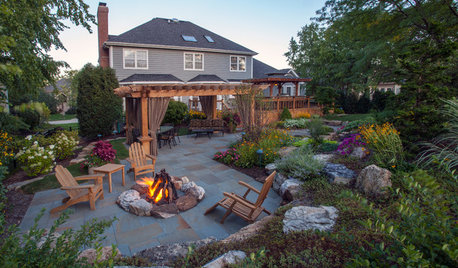
GARDENING AND LANDSCAPING3 Ways to Bring the Heat to Outdoor Living Spaces
Here’s what to know about surviving winter’s bite with an outdoor fireplace, fire pit or heat lamp
Full Story
SUMMER GARDENINGHow to Grow Basil
Bright color, quick growth and endless uses for cooking make this summer annual a winner in the garden or a pot
Full Story
BATHROOM DESIGNWarm Up Your Bathroom With Heated Floors
If your bathroom floor is leaving you cold, try warming up to an electric heating system
Full Story
FLOORSWhat to Ask When Considering Heated Floors
These questions can help you decide if radiant floor heating is right for you — and what your options are
Full Story
FLOORSIs Radiant Heating or Cooling Right for You?
Questions to ask before you go for one of these temperature systems in your floors or walls (yes, walls)
Full Story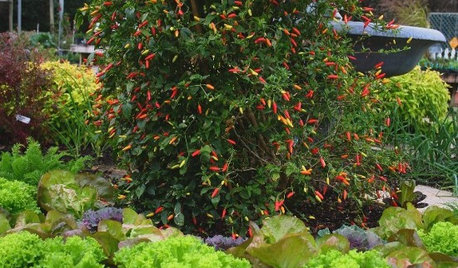
EDIBLE GARDENS6 Summer Edibles That Can Really Take the Heat
When garden temperatures soar, these herbs and vegetables rise to the challenge
Full Story
DECORATING GUIDESCold-Weather Sports Gear Heats Up Interiors
Skis, snowshoes and other wintertime sports equipment pieces are sliding off the slopes and into the home
Full Story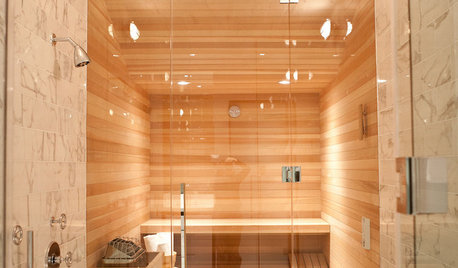
BATHROOM DESIGN15 Ways to Warm Up Your Bathroom for Winter
Keep the chill away in body and spirit with everything from warm colors to high-end bathroom features
Full Story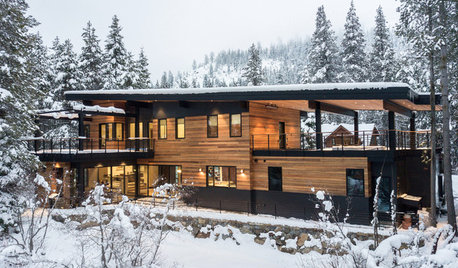
MONTHLY HOME CHECKLISTSYour Winter Home Maintenance Checklist
Keep your home and yard safe and running smoothly as temperatures drop and activity moves indoors
Full Story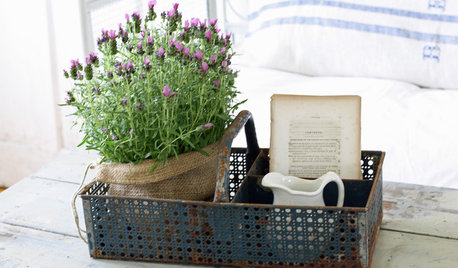
HOUSEPLANTSOutsmart Winter — Make Houseplants of Your Garden Growers
No need to watch Jack Frost play Wreck the Rosemary. Bring your garden inside for the winter, using containers and these guidelines
Full StorySponsored






randy41_1
cole_robbie
Related Professionals
Canton Landscape Architects & Landscape Designers · 70037 Landscape Architects & Landscape Designers · Signal Hill Landscape Architects & Landscape Designers · Vernon Hills Landscape Architects & Landscape Designers · Cockeysville Landscape Contractors · Dixon Landscape Contractors · Framingham Landscape Contractors · Harrisburg Landscape Contractors · Milton Landscape Contractors · North Haven Landscape Contractors · Salmon Creek Landscape Contractors · Southbury Landscape Contractors · Vadnais Heights Landscape Contractors · Attleboro Solar Energy Systems · Elmhurst Solar Energy Systemsrustico_2009Original Author
myfamilysfarm
rustico_2009Original Author
myfamilysfarm
rustico_2009Original Author
myfamilysfarm
randy41_1
myfamilysfarm
Mark
myfamilysfarm
Mark
rustico_2009Original Author
Mark
Mark
rustico_2009Original Author
rustico_2009Original Author
myfamilysfarm
randy41_1
lazy_gardens
rustico_2009Original Author